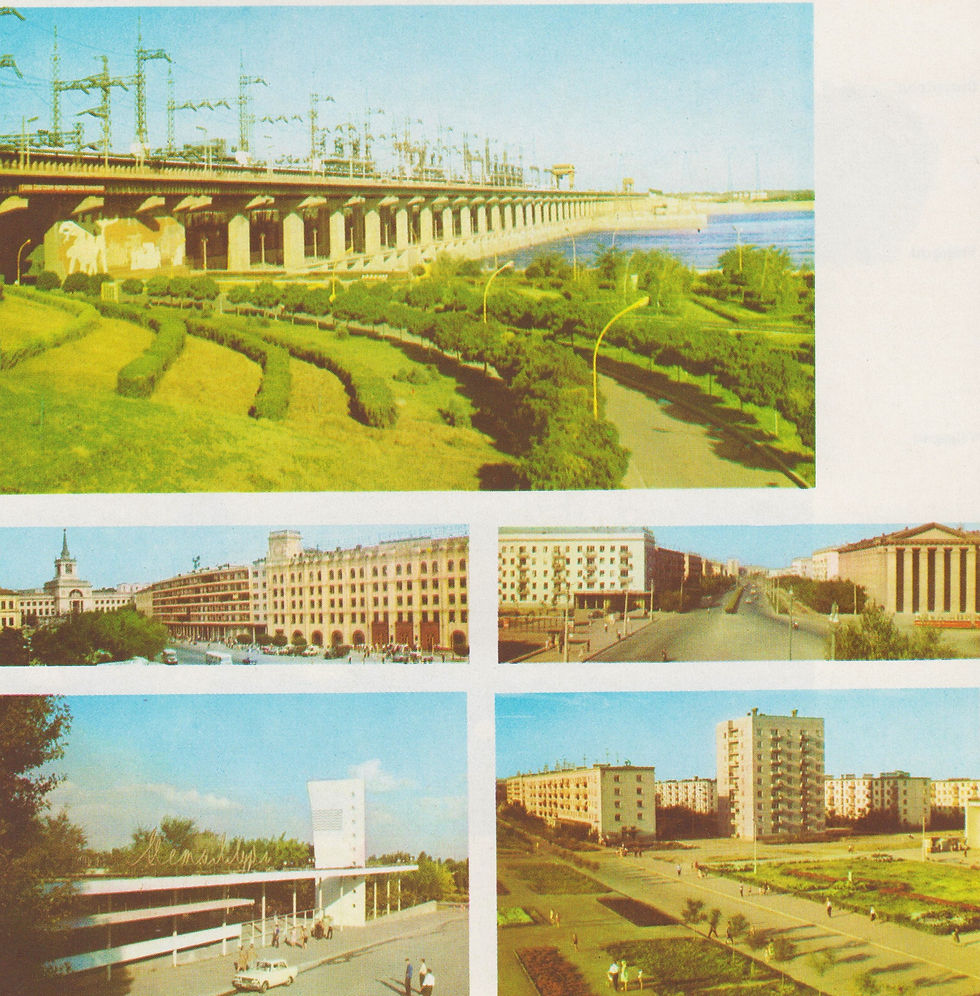Second World War Hero Cities of the USSR Part II
- Michael Laxer
- Jun 25, 2020
- 2 min read
Updated: Jun 22, 2021
In this second part we revisit a 1975 look at the Hero Cities of Sevastopol, Moscow and, of course Volgograd (Stalingrad).

On June 22, 1941 Nazi Germany and its allies launched their invasion of the Soviet Union. Over the course of what the Soviets called the Great Patriotic War an estimated 26 million of its citizens were killed and the country endured unimaginable devastation.
Despite early retreats and losses the people of the USSR and the Red Army turned the tide against the fascists and eventually drove all the way to Berlin. There can be no doubt that it was the Soviet Union and its people that played the greatest role in winning the Second World War in Europe and did so in the face of the very worst Nazi crimes.
In 1965, in honour of the 20th anniversary of the victory. the Presidium of the Supreme Soviet of the USSR designated Leningrad, Volgograd (Stalingrad), Kiev, Sevastopol, Odessa, and Moscow as Hero Cities for the extraordinary courage, resilience and endurance of their citizens resisting against the Nazis. Brest was declared a Hero Fortress in remembrance of the way its garrison held out for many days, even when surrounded, fighting with ever declining food, water and ammunition to the very last man. In later years the list of Hero Cities would be expanded to include Kerch, Novorossiysk, Minsk, Tula, Murmansk and Smolensk.
In 1975 a book was published honouring the original group of Hero Cities and Brest Fortress. With text in Russian, English, French, Spanish and German it looks at each city story. We see the destruction wrought by the Nazis, the heroism of Soviet resistance and the remarkable recovery and rebuilding in the wake of the war, which is one of the great accomplishments of Soviet socialism. There are many photographs both from the period of the war and then of the monuments, people and rebuilt cities after it.
In this second of two parts we look at the Hero Cities of Sevastopol, Moscow and, of course Volgograd (Stalingrad). It is at Stalingrad that the grave of Nazi Germany first began to be truly dug. In addition to the photos in the book we have also included two more postcard images of the great monument to the fallen at Stalingrad, The Motherland Calls, which is situated atop the strategic height of Mamayev Kurgan that was a focal point of the battle.
You can find the first part here: Second World War Hero Cities of the USSR Part I














































This was first posted on The Left Chapter blog June 24, 2019.







Comments